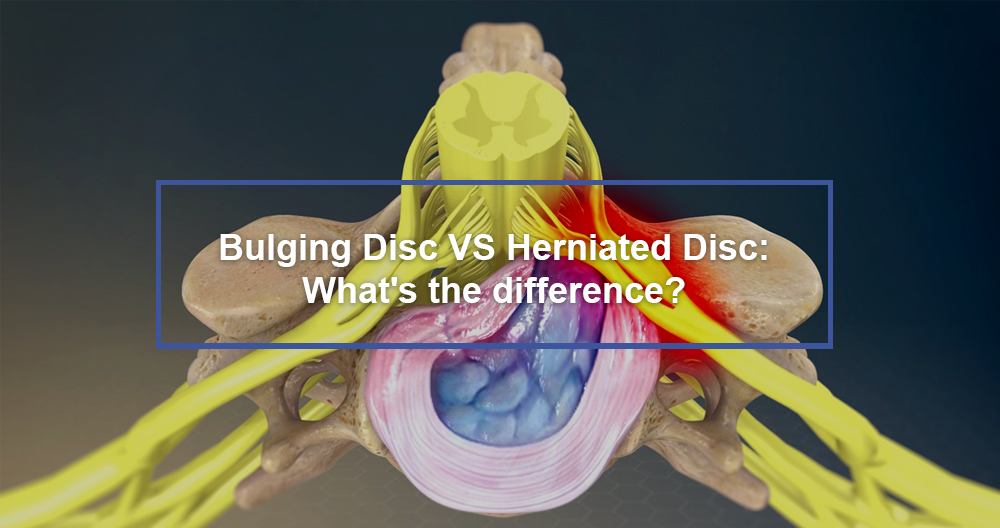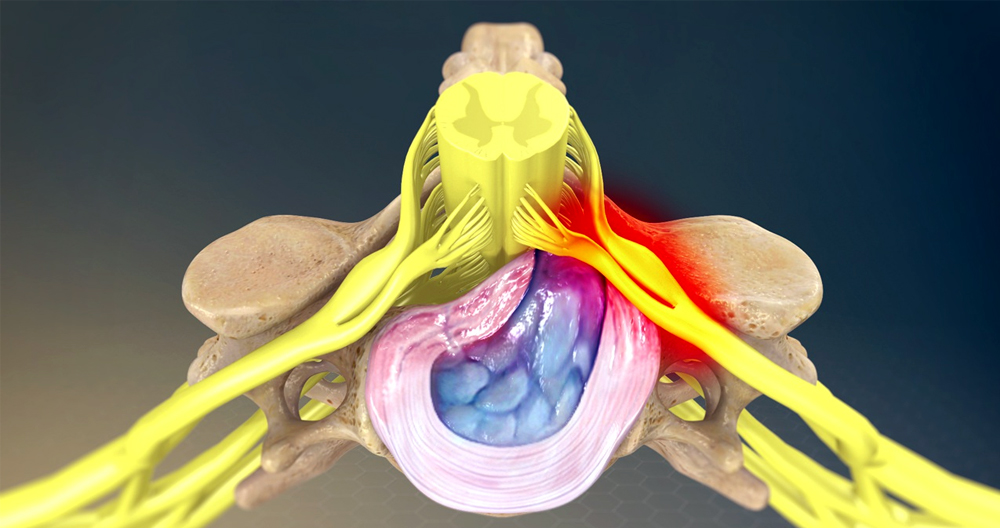
The spine is an intricate part of anatomy. It is not surprising that the terminology used for it is often confusing. Herniated and bulging discs are the two most common issues with spines. It can be confusing to distinguish them and understand what they mean. The terms can sometimes be interchanged, which can lead to confusion.
What is a Bulging Disc, and how does it work?
The spine is composed of segments. Between those segments are the spinal discs. Spinal discs are soft, flexible shock absorbers that protect and enable the spine to move more freely. A disc is composed of a jelly-like, inner portion and an outer, stronger, more protective portion.
The discs will become more stiffened and dry as the spine gets older. This dehydration and stiffening can lead to discs becoming slightly compressed or flattened. This causes the disc’s outer fibrous part to “bulge” into a spinal canal. You can think of it as a hamburger too big for its bun. This is not a sign of something wrong, but a normal part of the aging process. Bulging discs may cause nerve compression in a spinal canal. However, they are common and rarely cause symptoms. Treatment is rarely required for a bulging disc that has not been caused by stenosis or another pathology.
What Is a Herniated Disc, and Why Does it Matter?
A herniated disc is when a large portion of the disc’s outer layers becomes too thin or stretched so that it can allow a significant amount of the inner part to migrate into the spinal cord. Medical professionals often refer to the former as “contained”, “extruded”, and “free fragment” while the second is called “contained.”
It is easy to see the difference between a bulging and herniated disc by thinking of a jelly-doughnut. A slightly flattened bulging disc is comparable to an intact jelly doughnut. But if the donut’s top ruptures, and the jelly leaks out from it, then it will become a herniated disc.
What’s the difference between a bulging disc and a herniated disc?
The discs are cushions that sit between your vertebrae. They are composed of a tough outer layer of cartilage, which surrounds the soft cartilage in their center. They can be compared to miniature jelly doughnuts. They are just the right size for your vertebrae. As you get older, your discs will show signs of wear and tear. As time passes, discs become dehydrated and stiffen their cartilage. These changes can cause discs to bulge around their circumference. This makes them look like a hamburger too big for its bread.
The entire disc circumference can be affected by a bulging disc. However, this is not always the case. Only the tough outer cartilage layer is affected. A herniated disc is when the tough outer cartilage cracks and allows the soft inner cartilage to protrude. Herniated discs are also known as ruptured or slipped discs. However, the entire disc does not break or slip. Only a small part of the crack is affected.
A herniated disc is more likely than a bulging disc to cause pain as it can protrude further and is more likely to irritate the nerve roots. A herniated disc can cause nerve irritation through compression or nerve root inflammation. A herniated disc may not be the reason for your back pain if an imaging test shows that it is. Many people don’t feel any back pain after having MRIs that show herniated discs.
Symptoms: Herniated Disc vs. Bulging Disc
If a disc ruptures, it can cause irritation to nearby spinal nerves and cause them to become compressed. These conditions are responsible for the majority of pain and discomfort experienced by disc pathology patients. There are differences between a bulging disc and a herniated disc that can cause symptoms to be more severe and frequent.
Both conditions can lead to back and leg pain, tingling and numbness, as well as loss of range or motion. Herniated discs have more such symptoms. There is less risk of nerve irritation and pressure with a bulging disc than with a herniated disc.
An MRI can only confirm if a disc is bulging or herniated. However, even if a herniated or bulging disc is confirmed using MRI, this may not be the reason for your pain. Many people who have MRIs show evidence of bulging or herniated discs but don’t feel any pain or discomfort. Talking to your doctor and having a physical examination are the best ways for you to assess your spine’s condition.

